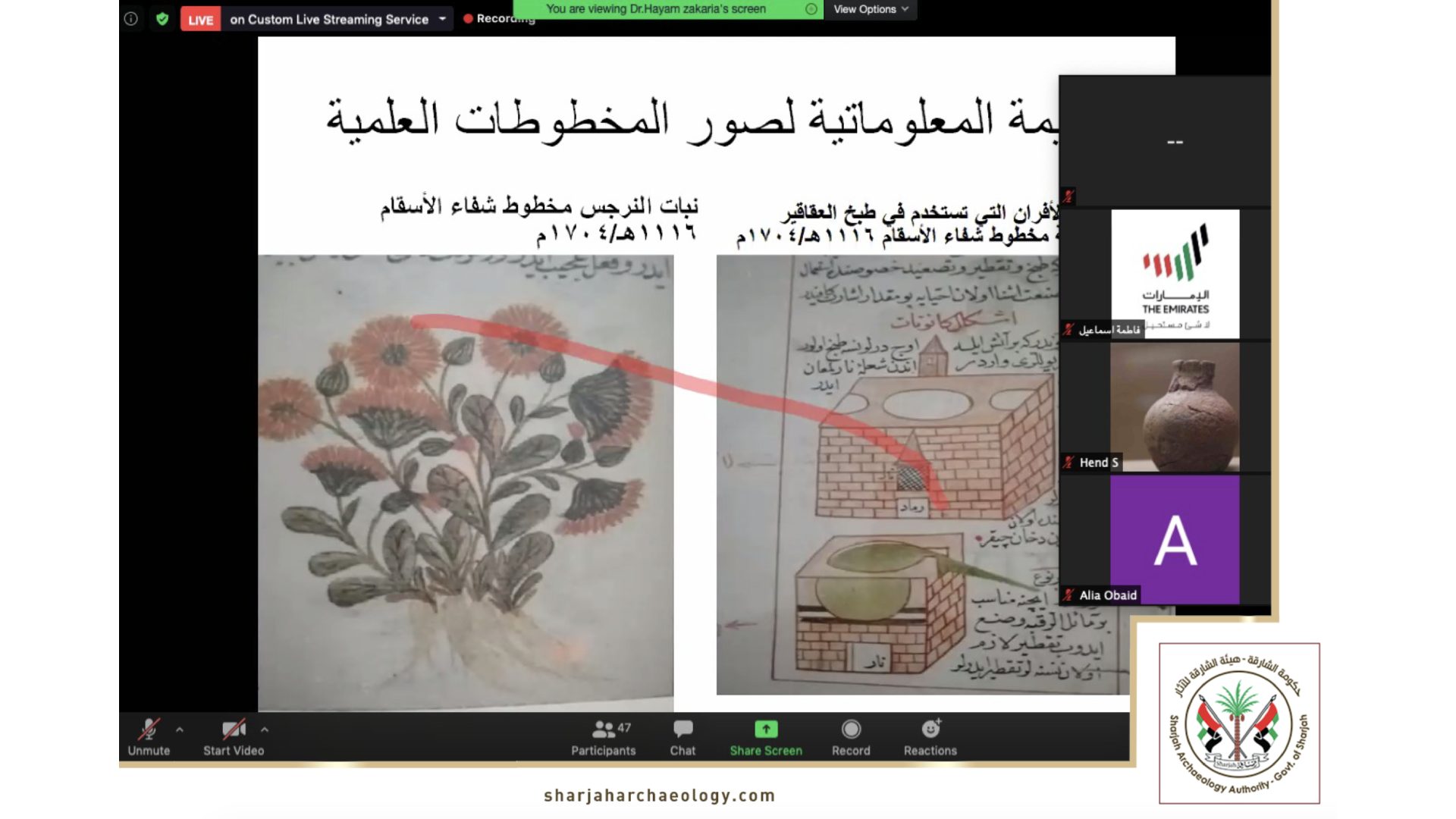THE FAMOUSLY IMPREGNABLE ISLAND OVERLOOKING EMIRATE’S EAST COAST IS A TREASURE TROVE OF HISTORY GOING BACK AS FAR AS THE CRETACEOUS AND MIDDLE AGESSharjah’s ‘Sira Khorfakkan’ Island is undergoing a historic transformation after its was recently approved as an archaeological reserve by His Highness Sheikh Dr. Sultan bin Mohammed Al Qasimi, Supreme Council Member and Ruler of Sharjah, in a step that underscores the island’s special status in the region since time immemorial and spotlights its historical and archaeological value.Based on the preliminary surveys of the island and the study of its archaeological confluences by the Sharjah Archaeology Authority, human settlement had been concentrated on the western side of the island, overlooking Khorfakkan, another historically important city.Pottery is widely found spread over this area along the coast extending from north to south, in addition to the presence of residential buildings, agricultural terraces, cemeteries, and an observation area at the top of the mountain. There is an important square-shaped building overlooking the coast directly with stone thresholds facing the sea. The shells collected and used as food can be widely seen.Recapturing historyThe Sharjah Archaeology Authority divided the main settlement period into two main stages – the first dating back to the 13th to the 16th century AD and the second being between the 18th and the 19th century AD. Celadon and porcelain date back to the 17th century AD are also found.Among the most prominent archaeological finds on the island indicating historical periods is pottery dating back to the 13th century AD and celadon belonging to the 14th to the 16th century AD. Pottery dating back to the 16th century imported from southern China was also found on the island in addition to others dating back to the 18th and 19th centuries. The Authority also discovered part of the base of a stone basin restored with a piece of copper.Strategic importance The Sharjah archaeological surveys bear out the historically rich nature of the island. It has has a rich historical value, as it is one of the important islands in the region thanks to its strategic location overlooking the entrance of Khorfakkan from the eastern side. This made it an impenetrable island to monitor the marine traffic in the Sea of Oman, especially as it consists of heights of gabbro stone, reaching a height of 8.7 metres.Geological studies have also shown the formation of ophiolite formations on the Sira Khorfakkan island as a result of the excessive push on the continental crust during the upper Cretaceous period, thus representing a slice of the oceanic lithosphere. Its width is approximately 35 meters, and its extension continues towards the north-south of the island.

Sharjah’s Sira Khorfakkan Island in for Major Transformation after being Declared Archaeological Reserve
Sharjah Archaeology Authority organized today, 15/6/2020, a remote lecture through Zoom program, entitled: “The documentary value of images of Islamic manuscripts in the fields of ... Read More
His Excellency Dr. Sabah Aboud Jasim, Director General of Sharjah Archaeology Authority said: “We are delighted to contribute to the sponsorship of Sharjah Franj Festival, ... Read More
Supervised by Sharjah Archaeology Authority, the Spanish archaeological mission continues excavation work at Al-Thuqiba site in the central region of the Emirate of Sharjah to ... Read More






